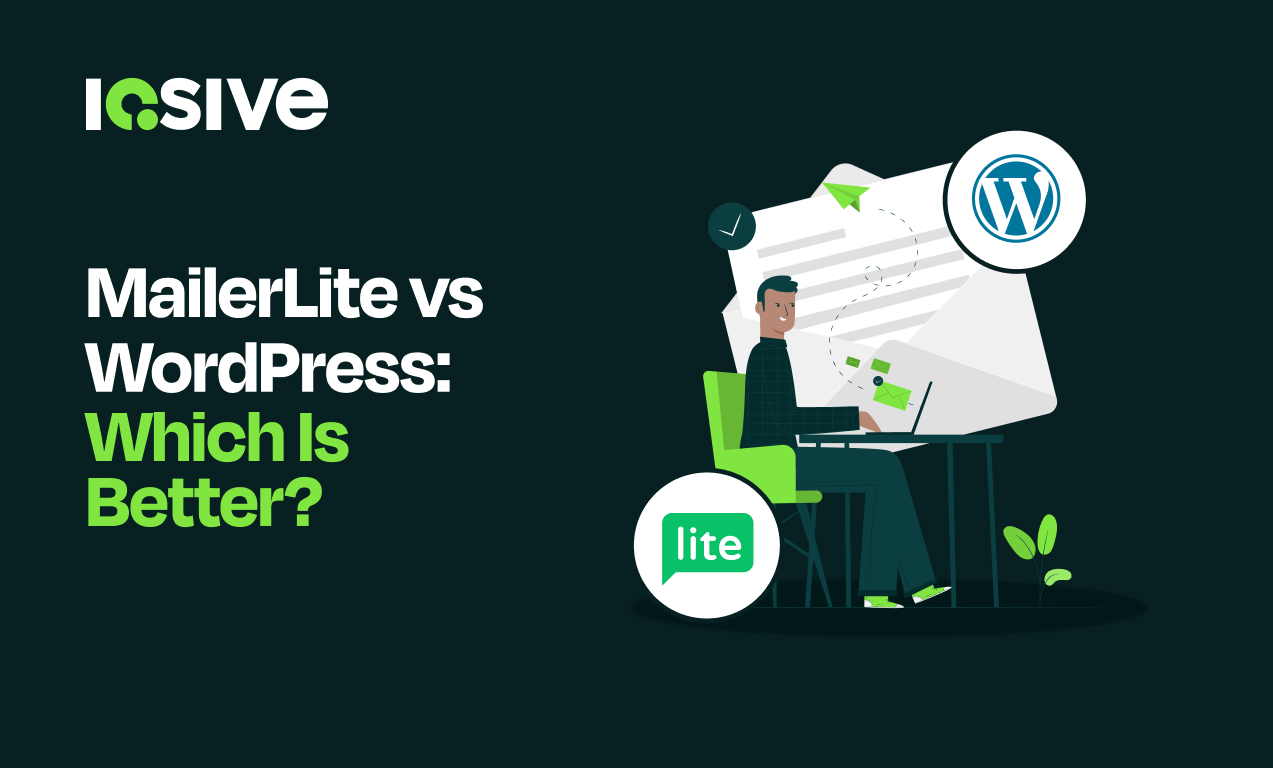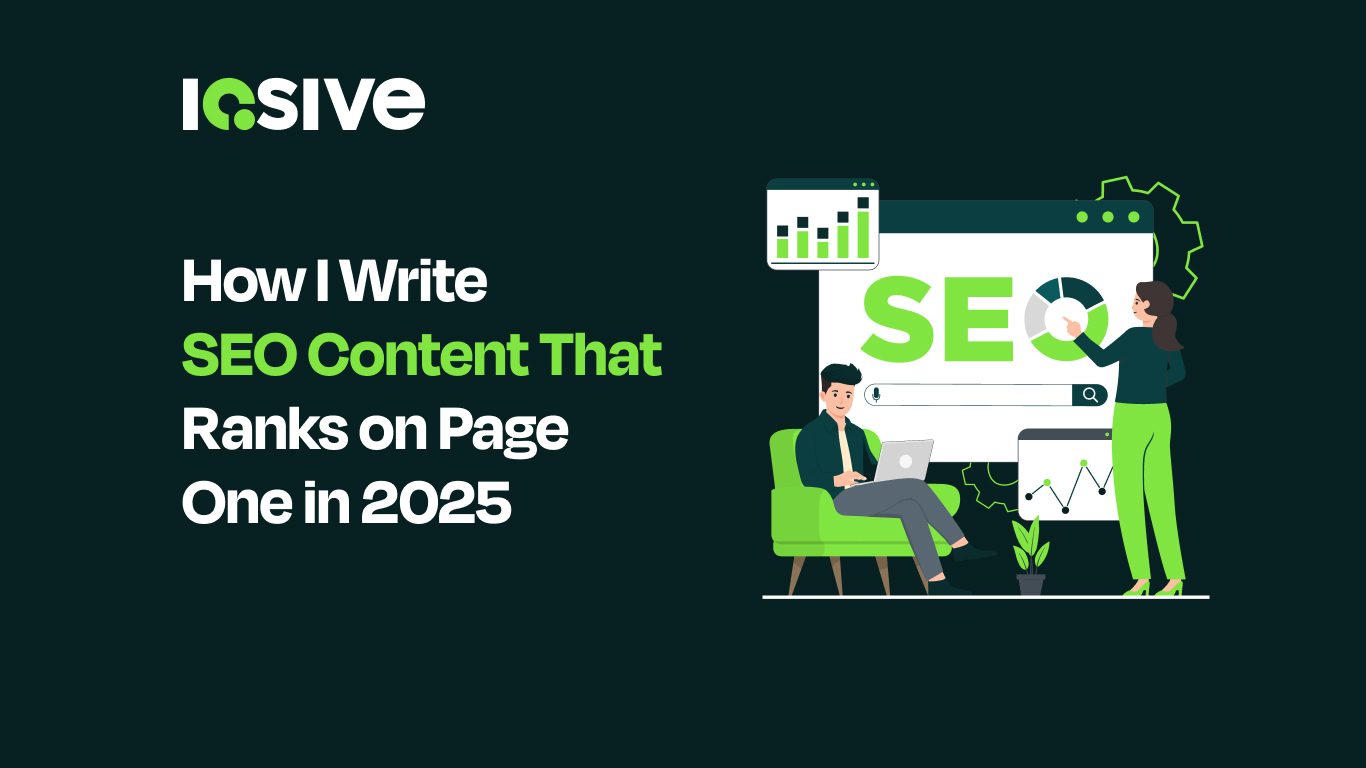In a rapidly evolving digital landscape, marketers and business owners are increasingly questioning the value of Google Ads in 2025. Once the uncontested leader in pay-per-click advertising, Google Ads now competes with a broader range of platforms, shifting consumer behavior, privacy constraints, and rising costs. But is the platform still worth your investment? This blog dives into current data, ROI benchmarks, platform changes, and strategic insights to help you decide whether Google Ads should be part of your marketing toolkit in 2025.
The Evolution of Google Ads: 2020–2025
Key algorithm and platform changes
Since 2020, Google Ads has undergone transformative updates in both its algorithmic logic and interface. Smart Bidding has evolved into Performance Max campaigns, utilizing AI to serve ads across Search, Display, YouTube, and Gmail, all with minimal human input. In parallel, Google’s shift toward automation and machine learning has diminished the importance of granular keyword targeting and placed greater emphasis on audience signals and intent.
Privacy changes have also forced adaptation. The deprecation of third-party cookies, paired with stricter consent policies in regions like the EU and California, has limited how much granular data advertisers can access, changing how campaigns are optimized and tracked.
Rising ad costs vs. performance
Between 2020 and 2025, the average cost-per-click (CPC) has steadily increased across most industries. According to a 2024 WordStream report, CPCs in competitive sectors like legal and finance rose by over 30% year-over-year. However, performance gains haven’t always matched these price hikes. Advertisers are paying more for fewer conversions unless they adapt to more efficient bidding strategies or better creative targeting.
Shift in advertiser behavior and budgets
Advertiser behavior reflects these challenges. In-house marketing teams have reduced spend on generic search campaigns and reallocated budgets to more precise remarketing, branded campaigns, or even alternative platforms like TikTok and Meta Ads. Agencies and enterprise advertisers, however, continue to leverage Google Ads heavily, often alongside AI tools and in-house data science resources for predictive modeling and multi-touch attribution.
Current ROI Benchmarks for Google Ads in 2025
Industry-specific performance trends
ROI from Google Ads varies widely by industry. In 2025:
- E-commerceBrands average an ROAS (return on ad spend) of 3 to 5x with Performance Max campaigns.
- Healthcare and legal services report some of the highest CPLs (cost per lead) but strong LTV (lifetime value), justifying continued ad spend.
- SaaS and B2B campaigns are seeing mixed results, with success tied closely to lead nurturing strategies post-click.
Average cost per lead and conversion rates
According to data from WordStream and Search Engine Journal, the average CPL in 2025 ranges between $50-$150 depending on the niche. Conversion rates hover around 3.2% for the Google Search Network, while Display ads trail at 0.7%. Notably, businesses that regularly update their ad creatives and landing pages outperform static campaigns by as much as 45%.
Comparing Google Ads to other paid channels
When compared to Facebook (Meta), LinkedIn, and TikTok Ads:
- Google Ads excels in high-intent traffic and bottom-of-funnel conversions.
- Meta Ads remain dominant for top-of-funnel reach and retargeting.
- LinkedIn Ads are costly but effective in B2B decision-maker targeting.
- TikTok Ads are gaining traction for DTC and younger demographics, offering lower CPMs but less predictability in ROAS.
What’s Working in Google Ads Right Now
Smart bidding strategies and automation
AI-powered bidding, especially Target ROAS and Maximize Conversions, has significantly improved in precision. Advertisers who feed Google’s algorithms with high-quality conversion data (offline or CRM-integrated) report stronger results and lower cost per acquisition (CPA). Human oversight is still essential, but leaning into automation is no longer optional.
High-converting ad types in 2025
- Performance Max: Best for cross-channel campaigns.
- Responsive Search Ads (RSAs): Deliver strong CTRs by adapting copy to match user queries.
- YouTube Shorts Ads: A new entrant in 2025, yielding surprisingly high engagement for mobile-focused campaigns.
Leveraging audience segmentation for better targeting
Custom segments, in-market audiences, and customer match lists remain critical. First-party data, when paired with consent-driven tracking tools like Google’s Enhanced Conversions, is unlocking more accurate targeting and better ROI.
Hidden Costs and Limitations to Watch For
Click fraud and wasted ad spend
Click fraud remains a concern especially in industries like real estate and legal, where CPCs are high. While Google Ads employs built-in fraud protection, many businesses now use third-party tools (e.g., ClickCease or PPC Protect) to monitor suspicious activity and preserve budget.
Tracking and attribution challenges post-privacy updates
Apple’s iOS updates and GDPR regulations have eroded traditional tracking capabilities. Attribution models have become less reliable, making it harder for advertisers to determine which touchpoints drive real value. Google’s switch to data-driven attribution helps, but businesses lacking integrated analytics often fly blind.
The learning curve for small businesses and solo marketers
Google’s push toward automation has simplified campaign setup but also obscured optimization levers. Small businesses often struggle to interpret performance data or refine campaigns effectively, leading to inefficient spend. Without expert guidance or clear learning paths, many burn through budgets without results.
Who Should Still Invest in Google Ads?
High-intent industries and local businesses
Google Ads remains incredibly valuable for businesses where buyer intent is clear. Legal services, emergency repairs, healthcare, and local services (plumbers, dentists, etc.) thrive due to urgent, search-based queries. These clicks often convert quickly, justifying higher CPCs.
When Google Ads outperforms SEO
While SEO builds long-term authority, it can take months to deliver results. Google Ads offers immediate visibility, making it ideal for product launches, seasonal promotions, or new businesses testing market fit. In highly competitive niches, paid visibility is often the only way to appear on page one.
Budget thresholds for meaningful results
Success with Google Ads requires a minimum viable budget, typically no less than $1,500 to $3,000 per month for small businesses. Anything lower often results in under-optimized campaigns and limited data to inform decisions. Scaling gradually while measuring ROI can mitigate risk.
Alternatives to Google Ads in 2025
Social media ads (Meta, TikTok, LinkedIn)
Social platforms have matured into high-performance ad ecosystems. TikTok, in particular, offers strong reach and creative flexibility, while Meta continues to drive strong ROAS for e-commerce. LinkedIn is favored for high-ticket B2B services.
Programmatic and native advertising
Platforms like Taboola, Outbrain, and StackAdapt allow brands to place ads natively within news and blog content. These formats yield strong brand awareness and are increasingly paired with AI for contextual targeting.
Organic growth and email marketing as ROI channels
Organic channels-SEO, content marketing, and email are regaining prominence due to rising ad costs. Email marketing, with proper segmentation and automation, continues to offer the highest ROI (up to 42:1 according to Litmus 2024 data).
Final Verdict: Is Google Ads Worth It for You?
Checklist to evaluate your fit
- Do you operate in a high-intent niche?
- Can you allocate at least $1.5k/month consistently?
- Do you have access to first-party data or CRM integration?
- Are you prepared to test, iterate, and optimize?
If most answers are “yes,” Google Ads can still deliver substantial ROI in 2025,especially when paired with smart strategy and analytics.
Key takeaways for 2025 advertisers
- Rising costs demand smarter targeting and tighter optimization.
- Automation is powerful, but not infallible. Human oversight is critical.
- Google Ads excels at converting intent, but isn’t the best for awareness.
- Consider blended strategies (Google + social + organic) for best results.
FAQs:
Q1: What is the average ROI for Google Ads in 2025?
The average ROI varies by industry, but many businesses report a 2-5x return on ad spend, with higher returns in high-intent niches like legal and healthcare.
Q2: Are Google Ads better than Facebook Ads in 2025?
Google Ads excels at capturing intent-driven traffic, while Facebook (Meta) is more effective for brand awareness and remarketing. Both can be effective when used strategically.
Q3: How much should I budget for Google Ads to see results?
A monthly budget of $1,500–$3,000 is typically required to gather meaningful data and optimize performance.
Q4: What industries are getting the best results from Google Ads now?
Legal, healthcare, emergency services, and local trades are seeing strong ROI due to high-intent queries and immediate customer needs.
Q5: Is Google Ads still effective for small businesses in 2025?
Yes, especially if targeting local or urgent needs, but success requires a focused strategy, sufficient budget, and ongoing optimization.
Q6: What’s the biggest risk of running Google Ads today?
Wasted spend due to poor targeting, unclear tracking, or unmanaged automation is a key risk, especially for newcomers.
Q7: How do I know if my Google Ads are working?
Track KPIs like conversions, cost per acquisition, and ROAS. Use CRM or analytics tools to attribute leads accurately.
Q8: Has automation improved or hurt ad performance in 2025?
Automation has improved performance for data-rich advertisers, but can harm results if left unchecked or misconfigured.
Q9: Can Google Ads still compete with SEO in long-term ROI?
SEO generally offers better long-term ROI, but Google Ads delivers immediate results. A hybrid approach often works best.
Q10: What are better Google Ads alternatives in 2025 for low budgets?
Consider organic SEO, email marketing, or TikTok Ads, which offer lower entry costs and strong engagement when done well.












